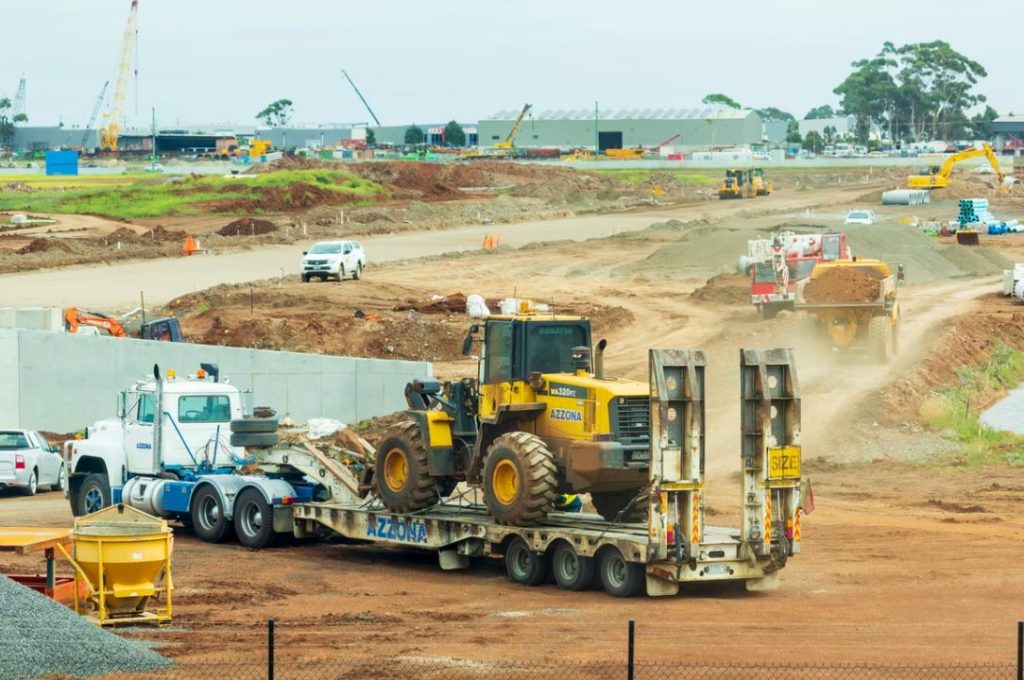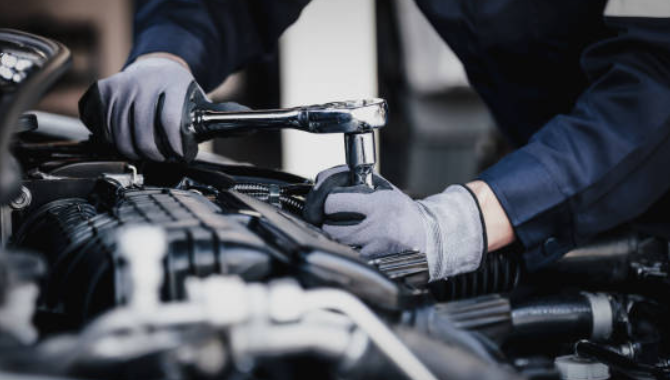Steps For Safely and Efficiently Transporting Heavy Equipment Between Your Job Sites
4 min read
Transporting heavy machinery from one job site to another requires skill, the right equipment, and careful preparation. Whether moving the equipment requires a flatbed trailer, a specialized hauler made just for the machine, or a vehicle with the right hitch and capacity to pull a machine that’s on wheels, safety and efficiency begins with planning. Here are some steps involved in transporting heavy equipment properly.
Determine Dimensions and Protocols
Every piece of machinery is different and may have been repaired or modified with additional equipment, so you can’t depend on the dimensions in the manual. You must determine the shape, size, and weight to decide whether certain transport methods are out of the question because of the machine’s unique characteristics. You may need to remove bucket attachments, extra-wide mowing decks, or other special equipment for easier transport.
A crane is a good way to move heavy equipment. When most people picture cranes, they imagine loads being vertically lifted from the ground to higher levels. While vertical lifting is a typical use case, cranes are also routinely used for horizontal work. Cranes are a good option for unloading heavy materials from trucks or transporting materials from storage piles to work areas. Not all cranes are suitable for both tasks, so it’s crucial to know your needs in advance. Be specific with your needs when speaking with a crane supplier, especially if you anticipate a requirement for both vertical and horizontal transport.
Decide Who Will Be Involved
The move could involve more people than you first think. For example, someone may need to drive the machine onto the trailer or hoist it with a crane. A spotter may be needed to offer hand signals and other guidance to the person moving the machine. You will also need a driver for the truck hauling the machine. For long distances, a relief driver may be needed too. Finally, a team must be available at the right time to handle unloading and positioning.
Renting a piece of heavy, specialized equipment like a crane isn’t like renting a truck. Most crane companies will only allow their own qualified operators to run the machine. The rental fee for the crane will usually cover the cost of the operator, but be sure to ask just to be sure. It’s also important to consider this since you will have an additional employee on your job site. The crane rental company may or may not bring their own riggers, or they may provide you with the option to perform the rigging work yourself. If your workers are not skilled at this task, then the extra cost of hired riggers will save you money in the long run while also keeping your work site much safer.
Using a Crane
Cranes are useful pieces of equipment, but they aren’t necessary for every project. It’s possible to work in the construction industry for years and never require a crane on one of your job sites. Of course, nothing lasts forever, and sooner or later, you’ll run into work that simply can’t be completed without one. When this happens, the number of options available can be overwhelming. Renting a crane for the first time doesn’t have to be intimidating, however.
Cranes Require Preparation
Even small cranes tend to be bulky and difficult to maneuver. If your project requires a large crane, then it is likely that moving it onto the site is a major project in and of itself. Because getting a crane into position can be a slow and delicate operation, it is crucial to avoid renting one until you are ready to use it. Every hour that a crane sits by without working is an hour of money wasted, so materials should be on-site and the crane’s work location and path should be clear of debris or other obstacles that may complicate movement.
Consider a Rigging Service
You may want to bring in an outside company to handle rigging services like cabling, strapping, and hoisting. Rigging companies can provide the right crane or other device for getting the machine onto the trailer. Some rigging services are one-stop shops that can handle the project from beginning to end, including planning, permitting, transportation, and delivery to your new job site, regardless of distance or terrain.
Think About Obstacles and Permitting
If you’re doing the job yourself, you should plan to avoid narrow roads, weight-restricted bridges, low overpasses, and most construction zones for safety. You must also consider whether an oversized load permit will be necessary to comply with state and federal regulations. You need to comply regarding height, weight, width, and length. Some jurisdictions may even require trucks or large equipment to have a police escort when passing through town.
Although renting lifting equipment can be intimidating, most companies will work with you to make sure that you get the right equipment for your job. Knowing what to expect can make this process go more smoothly, ultimately ensuring that your rental crane helps you to complete your project quickly and efficiently.
Large companies move the same pieces of equipment frequently and may establish a repeatable system that works for them and complies with all requirements. If you have a small company and move heavy machinery infrequently, it might be best to bring in outside help for safety, efficiency and peace of mind. Either way, it makes sense to plan, prepare, and consider options before starting the move. A mistake when moving big equipment can lead to big problems that are hard to solve.







